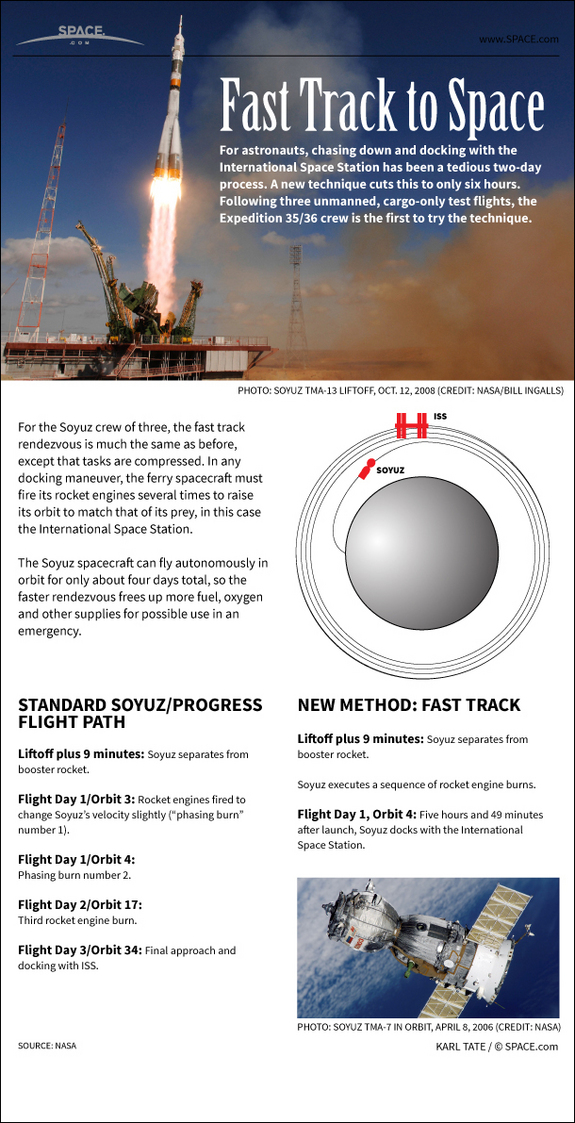Adafruit, the brainchild of Limor Fried for teaching electronics, has debuted a wonderful cartoon called Circuit Playground. Being an electrical engineer, I love seeing simplified attempts to describe the complexity behind the things that everyone uses - everyone plugs in a lamp!
The video below describes what current actually as - a flow of electrons. Most electronic devices have a suggested rating for amps (normally listed as A) in honor of scientist André-Marie Ampère. Amps is a measure of the amount of electrons that flows per second. Too little amps and the electronic device won't function. Too many and it'll fry!
If you can't see the video below, click here.
Credits:
- Ladyada – Limor Fried
- Andre-Marie Ampere – Collin Cunningham
- ADABOT – Collin Cunningham & Phil Torrone, Puppet by Annie Fresh, design by Bruce Yan
- Music: Tom White & Collin Cunningham
- Intro animation – Bruce Yan
- Written, filmed, edited, directed and produced by – Collin Cunningham, Limor Fried, Phil Torrone and the Adafruit team







